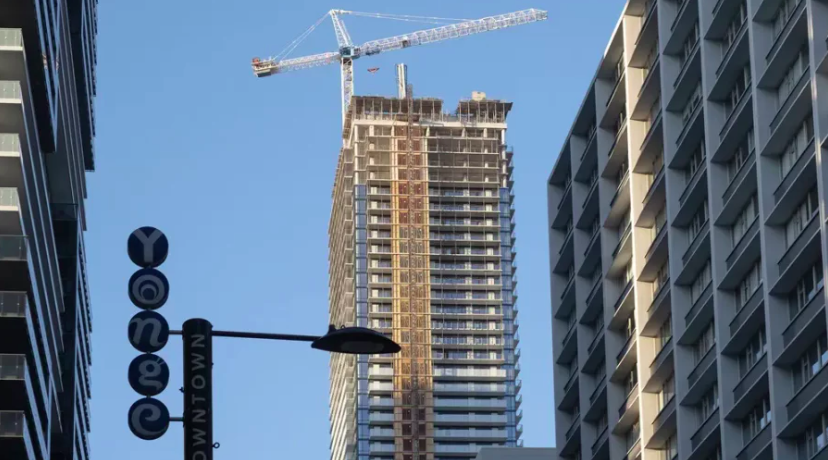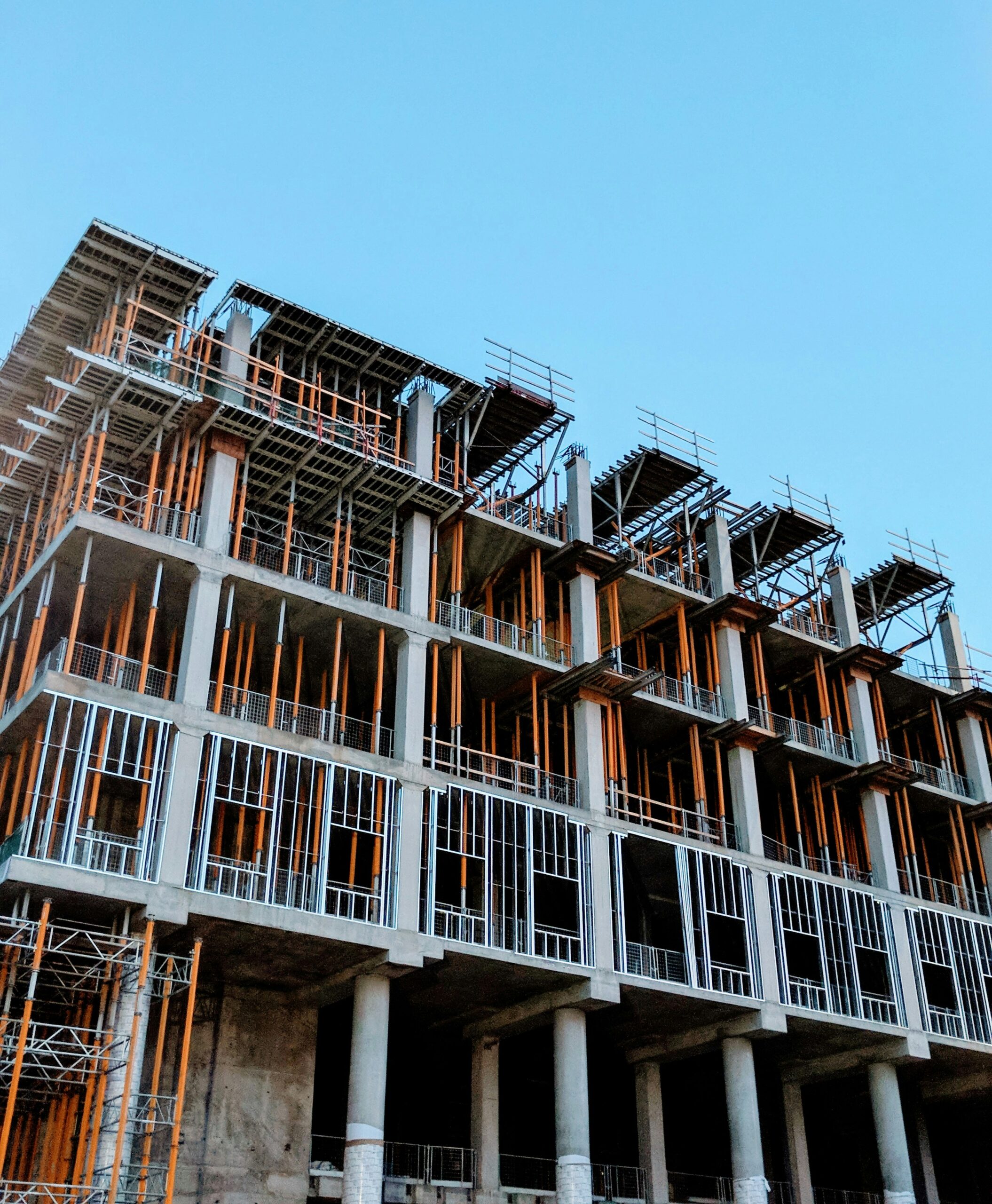Roughly six weeks into Q2 (upon writing), there is not enough data to claim anything definitive about the Canadian new home market just yet – but there certainly are strong indicators worth mentioning.
Today, amid rapid change, we’re going to check in on where things are at in the new home real estate realm, and we’re going to try to answer: After all the events of the last couple years, why didn’t the market crash?
Q2 2023: Where We’re At
We left Q1 with a mounting wave of project launches, building since Q3 2022. Over the last six weeks, developers and sales firms have scrambled to prepare for launch. We expected to see more launches in April than in all of Q1, but that didn’t happen; only half were able to get out the door. This leaves a bigger wave of more than two dozen projects slated to come to market in the remaining few weeks of May, and another dozen lining up for June.
So is this the same old delay story, or is it different this time? Time will tell. But the difference we see now is, the reasons for delay appear to be much less about selling confidence, and much more about the practical challenges associated with turning a market back on. In my view, this is an indicator we’ve moved to the next stage in a market turnaround.
Let’s dwell on this for a second. The last year has been marked by a hard-stop of launches and forward movement from developers. This led to a series of layoffs and hiatuses for many sales staff on the floor. Some found new jobs, some moved to head office, some focused on their resale business. Now there’s a scramble to get them back, get teams assembled, and get ready to sell — and that’s taking time.
Similarly, vendors who served the industry — from signage companies to law firms and everyone who supports a project going to market — also had layoffs, or reverted their focus to more active lines of business. We are hearing about challenges in getting these people back on the job in a timely manner, with delays in printing, getting disclosures and legal documents sorted, finalizing floor plans and renderings, etc.
The good news is that it appears the entire industry is actively rallying and preparing for the launch wave to hit.
Assuming we’re right and it does hit, will anyone buy? We suggested in our last article that Q1 challenged absorptions, but they showed signs of increases heading into Q2. Our data shows in the last two weeks, more than double the number of new sales transactions were started than the previous weekly starts. In fact, there were more new deals started in the last two weeks than in the entire months of January and March. This should come as no surprise, given mainstream media reports of strong sales at some widely publicized launches.
So, it would appear the new home market is dusting off its cobwebs and is actively taking off.
Why Was There No Crash?
If we are correct, and a market rebound is upon us, now is the time to look back and consider why the “imminent market crash” never happened. We’ve talked about it in roundabout terms a few times, but at the risk of repeating ourselves, we want to explore a couple factors in more detail.
The first factor we won’t spend much time on – as we have beat it to death – is supply. Read our articles here, here, and here. We sound like a broken record stuck on the ability for the Canadian new home development industry to control supply, balancing it almost perfectly with demand. In the downturn the last 12 months, we never reached an oversupply point… ever. In fact, some might argue we remained under supplied the entire time.
The second factor we want to highlight is around deal security or risk. That is, why weren’t buyers walking from their deals, flooding the market with excess inventory, overpowering the industry’s ability to control supply? Aside from the legal ramifications of trying to do so, we’ll look at two contributors: deposits and equity.
Very simply, people only consider walking away from deals if they physically can’t close, or stand to lose more by keeping it than they do from hanging on. So what does a buyer have to lose by walking away when a market seems dead?
For starters, they would lose any equity gain from what they paid to what it’s worth today — even in a suppressed pricing environment. As a reminder: anyone who needed to close in the last 12 months likely made their purchase 3-5 years prior, at 2018-2020 prices. And as we described here and here, most who bought pre-peak never got into a negative equity position.
So, when you consider most homes required to close in the last year had positive equity – add in the fact they would have around 20% deposit that could immediately be converted to their down payment – the risk of buyers breaching contracts or struggling with financing was extremely low in this country. This is ultimately why the new home market never crashed, and it likely won’t.
Looking ahead, we’re excited to watch this market rebound, building on the strong foundations of the Canadian new home development industry. And we’re even more excited to help contribute to minimizing developer and purchaser risk with our new AVESDO Deposits™.
Ask a sales advisor about how AVESDO helps developers and sales firms minimize their risks and maximize their opportunities.
This article is authored by Ben Smith, President of AVESDO: a Canadian software company harnessing the power of data to help real estate professionals make better, faster, and more informed sales decisions.




